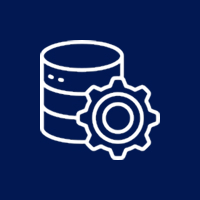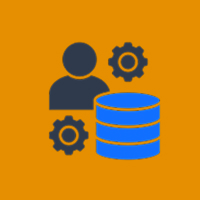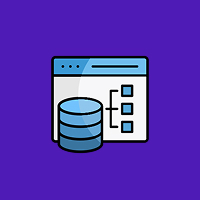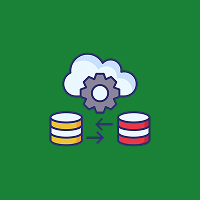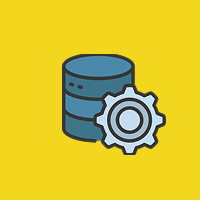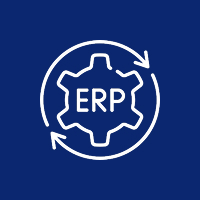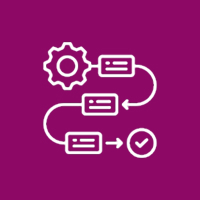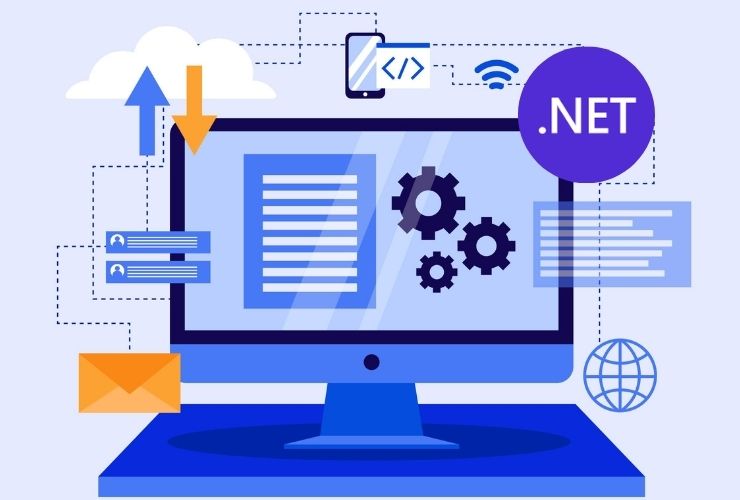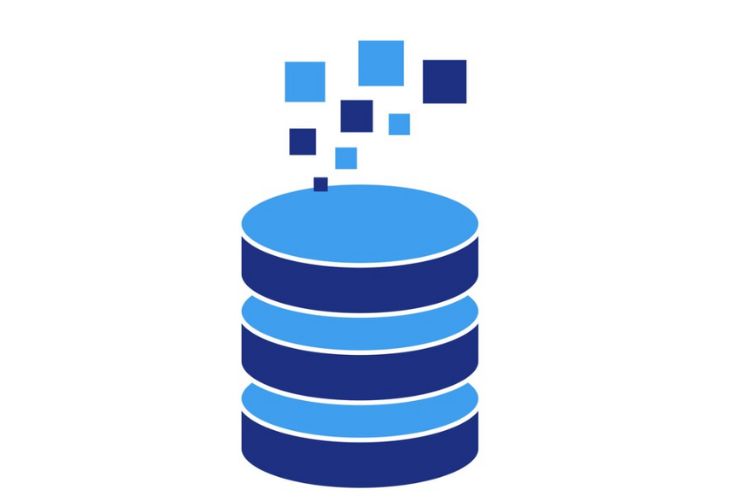In today’s world driven by data, organizations must proactively anticipate trends, identify opportunities and make timely data-driven decisions. Predictive analytics allows organizations to predict future outcomes by leveraging past and real-time data, uncovering insights to improve efficiency, drive growth and achieve competitive advantage.
Microsoft Azure Machine Learning (Azure ML) is a powerful, cloud-based platform for building, deploying and managing predictive models at scale. Azure ML combines state-of-the-art algorithms, automated tools and integration with other Azure capabilities to allow organizations to make better, faster and more accurate decisions about their business.
What is Predictive Analytics?
Predictive analytics refers to the use of data, statistical algorithms and machine learning techniques to identify the likelihood of future outcomes based on historical data and real-time data. While descriptive analytics focus on past events, predictive approaches empower organizations to predict trends, assess risk, and seize opportunities in a proactive manner.
Common predictive use cases include:
- Prediction of customer churn: Identify the customers that may leave, and apply retention strategies.
- Sales forecasting: Predict demand to manage inventory.
- Equipment failure prediction: Monitoring assets and scheduling maintenance proactively.
- Fraud detection: Identifying unusual financial activity to limit losses.
Essential Aspects of Azure Machine Learning for Predictive Analytics
Automated Machine Learning (AutoML)
- Facilitates the modeling process without needing to write much code.
- The service can identify the best algorithms and determine hyperparameter tuning to produce optimum results.
- Provides enhanced speed to the modeling process, while also decreasing the susceptibility of human error.
Scalable Cloud Infrastructure
- Can efficiently process datasets of any size, with Azure’s clusters providing a high performance compute.
- Allows distributed training for larger-scale predictive modeling.
- Provides consistency even with the highest workloads.
Integration with Azure Data Services
- Can easily integrate with Azure Data Lake, Blob Storage, SQL Database, and Power BI.
- Provides ease of data ingestion to visualization and ultimately to actionable recommendation.
- Provides both batch processing and real-time data ingestion to provide flexibility in predictive analytics.
MLOps Capabilities
- Provides full model lifecycle management including model monitoring, version controls, and automated deployments.
- Ensures the model remains accurate, compliant, and timely with changes in data patterns.
- Helps bridge the gap between confidence in data sciences and operations.
Pre-Built AI/ML Models
- Provides models ready to use out of the box for text, image classification, anomaly detection, etc.
- Provides speed to market and shortens project delivery time.
- Allows businesses to focus on deriving unique insights from the application, rather than applying low-level coding language for advance modeling.
Benefits of Predictive Analytics with Azure ML
- Informed Decision-Making: Predict trends, identify risks, and make proactive business choices.
- Operational Efficiency: Optimize resource allocation, prevent downtime, and reduce costs.
- Enhanced Customer Insights: Personalize marketing, anticipate customer needs, and increase retention.
- Revenue Growth: Identify high-value opportunities and prevent potential losses through data-driven strategies.
- Scalability and Flexibility: Handle increasing data volumes and growing business requirements without performance issues.
- Rapid Innovation: Quickly deploy and test predictive models to respond to changing market conditions.
Practical Applications of Predictive Analytics with Azure ML
Retail & E-Commerce
- Anticipate product demand and streamline inventory to avoid excess and shortages.
- Anticipate customer churn and create personalized promotions to increase retention.
- Study purchase behavior so you can recommend relevant products in real time.
Healthcare
- Anticipate patient readmission and use resources efficiently.
- Anticipate disease progression to encourage preventive care and treatment.
- Recommend staff resources based on predicted patient inflow.
Finance & Banking
- Real-time fraud detection and prevention of fraudulent transactions.
- Anticipate credit risk for more informed lending decisions.
- Anticipate relevant trends for public and private investment decisions.
Manufacturing & IoT
- Anticipate machine malfunctions with sensor-based data to recommend preventative maintenance.
- Assist with limiting downtime and increase operational efficiency.
- Anticipate production flows to inform production needs from historical demand.
Marketing & Sales
- Anticipate performance of campaigns and maximize marketing spending.
- Anticipate customer buying behavior to pinpoint relevant customers for a promotion.
- Anticipate revenue and sales for renewal and strategic planning.
Steps to Deploy Predictive Analytics in Azure ML
Data Collection & Preparation
- Gather structured and unstructured data from a variety of sources.
- Clean, normalize, and transform the data for accurate analysis.
Model Selection & Training
- Select the correct algorithms, such as regression, classification, or clustering.
- Train the model through historical datasets, and validate accuracy using test data.
Evaluation & Optimization
- Test the model(s) against unseen datasets to validate accuracy.
- Tune the model’s hyperparameters, and optimize performance.
Deployment & Monitoring
- Deploy the models as APIs or web services to receive real-time predictions.
- Monitor predictions, and retrain models to maintain accuracy.
Integration with Business Workflows
- Embed predictive insights from models into dashboards, applications, or business workflows.
- Support near-real-time automated, data-driven decision-making as a scalable solution.
Best Practices for Enterprise Adoption
- Start small: Use a limited scope in getting started with predictive analytics on a key business process.
- Data quality: High, accurate, and actionable data is essential to generate applicable predictions.
- Collaborate: Work closely with data science/IT/busines teams to achieve smooth deployment of predictive analytics initiatives.
- Continue to monitor the models: As datasets and commercial conditions change, ensure predictions made are still accurate.
- Use pre-built models: Use pre-built models or reusable, adaptable data workflows to support adoption while maintaining flexibility for custom solutions.
Conclusion
Predictive analytics is no longer optional—it’s a strategic necessity for organizations looking to stay competitive in a fast-paced, data-driven world. Azure Machine Learning provides a comprehensive, scalable, and secure platform to harness predictive insights effectively.
From retail and healthcare to finance, manufacturing, and marketing, enterprises can leverage Azure ML to forecast trends, optimize operations, reduce risk, and uncover new opportunities. By implementing predictive analytics thoughtfully and strategically, businesses can turn data into a powerful engine for growth, innovation, and long-term success.













 Database Development
Database Development





